Yugoslavia Kingdom year 1937 stamps – National costumes full set MNH**
The Kingdom of Yugoslavia did issue a set of stamps featuring national costumes in 1937. This issue was specifically a commemorative set for the Belgrade Philatelic Exhibition.
Here are the key details about the stamp issue:
- Year of Issue: 1937
- Theme: National Costumes (Folk Dresses)
- Occasion: Commemorating the Belgrade Philatelic Exhibition (BEOGRAD).
- Format: The issue is commonly seen as a full set of multiple values, featuring different regional national costumes from the various parts of the Kingdom of Yugoslavia (e.g., Serbian, Croatian, Slovenian, etc., although the specific regions depicted can vary across different stamps in the set).
- Collectible Item: A particularly notable item from this issue is a Souvenir Sheet (or Miniature Sheet) which often features a stamp (or stamps) from the set along with additional decorative selvage text relating to the exhibition.
The set is a popular thematic issue, as it showcases the rich diversity of ethnic clothing from the former Kingdom of Yugoslavia.


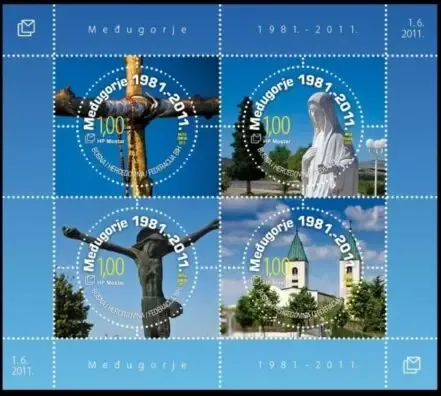

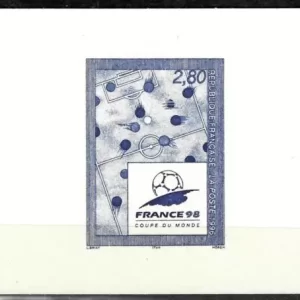

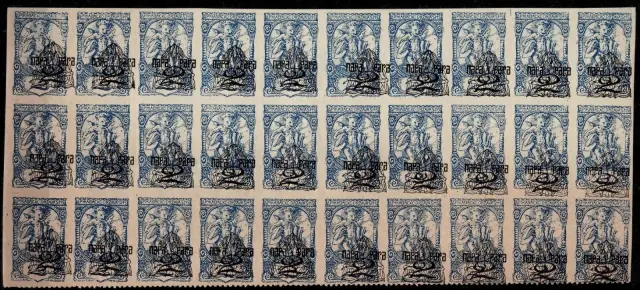
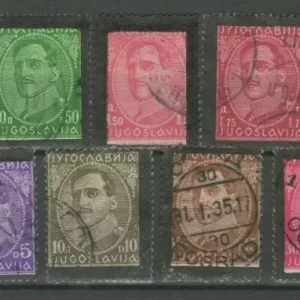
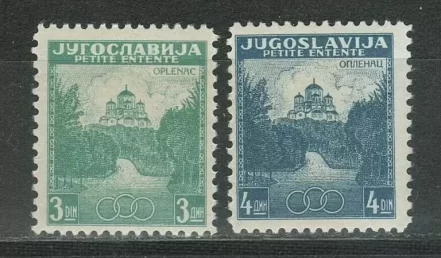
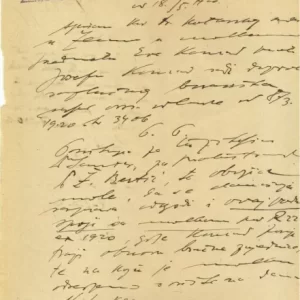
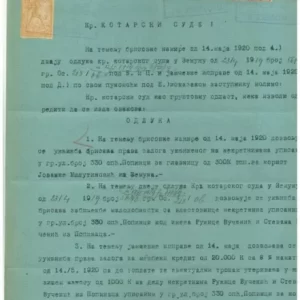
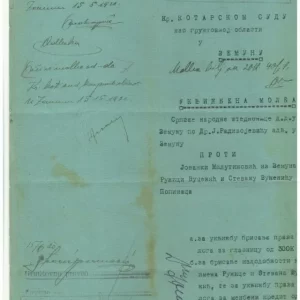

Reviews
There are no reviews yet.